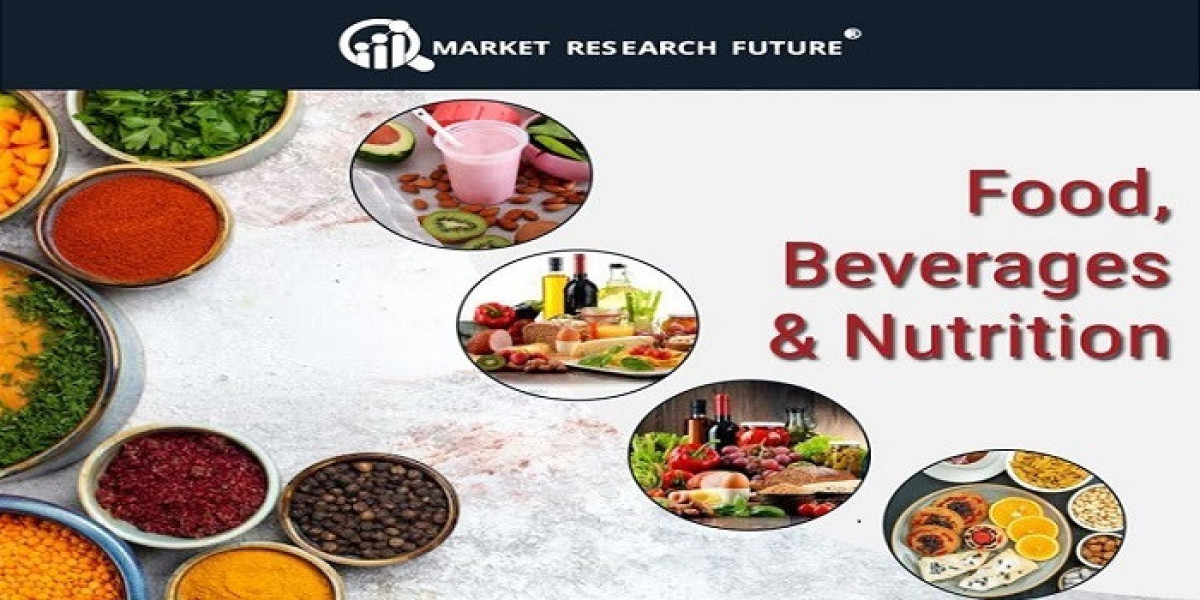The global synbiotic foods market does not grow uniformly. According to MRFR, there are significant regional differences in uptake, drivers and future potential.
North America
Currently the dominant region: in 2023 estimated at USD 2.1 billion and projected to reach USD 3.6 billion by 2032.
Drivers: high awareness of health/wellness trends, strong retail infrastructure, large number of functional food brands, strong e-commerce adoption.
Europe
Estimated at USD 1.8 billion in 2023, projected to ~USD 3.1 billion by 2032.
Drivers: regulatory environment for functional foods, strong consumer interest in organic/clean-label, growth of premium snack formats, aging population.
Asia-Pacific (APAC)
Estimated at USD 1.5 billion in 2023, heading to ~USD 2.7 billion by 2032.
This region is often the fastest growing: rising incomes, urbanisation, westernisation of diets, greater health awareness, growing young populations. But challenges include lower per‐capita consumption of functional foods in some countries and fragmented retail/distribution channels.
South America / Middle East & Africa
Smaller in absolute current size (South America ~USD 0.9 billion in 2023, MEA ~USD 0.69 billion) but projected to grow (South America ~USD 1.6 billion, MEA ~USD 1.4 billion by 2032).
These regions represent growth opportunities—but entry may require adapting products to local tastes, educating consumers and building distribution/supply chain infrastructure.
Implications for businesses
For global brands: Maintain strong presence in NA/Europe while investing in APAC and emerging markets for growth.
Localisation matters: In Asia-Pacific and MEA, taste preferences, dietary habits, price sensitivity differ.
Partnerships and distribution: In emerging regions, building local partnerships, leveraging digital channels (mobile commerce) and educating consumers may be key.
Regulatory environment: Each region will have different rules for health claims, probiotics & prebiotics regulations—companies must navigate carefully.
Conclusion
Understanding regional dynamics is critical. While North America and Europe remain strongholds, the real growth may come from APAC and other emerging regions—provided companies adapt and execute well. The global synbiotic foods market offers a geographically diversified opportunity for those who can tailor regional strategies.








